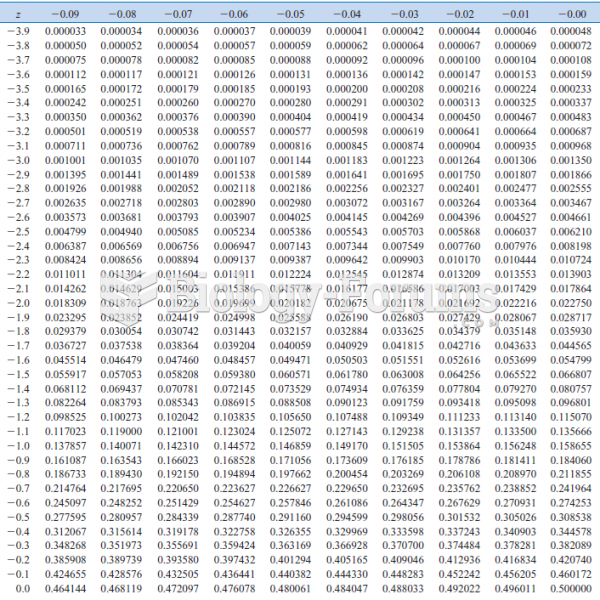|
|
|
The people with the highest levels of LDL are Mexican American males and non-Hispanic black females.
According to the American College of Allergy, Asthma & Immunology, more than 50 million Americans have some kind of food allergy. Food allergies affect between 4 and 6% of children, and 4% of adults, according to the CDC. The most common food allergies include shellfish, peanuts, walnuts, fish, eggs, milk, and soy.
According to the Migraine Research Foundation, migraines are the third most prevalent illness in the world. Women are most affected (18%), followed by children of both sexes (10%), and men (6%).
Blood in the urine can be a sign of a kidney stone, glomerulonephritis, or other kidney problems.
Most childhood vaccines are 90–99% effective in preventing disease. Side effects are rarely serious.







